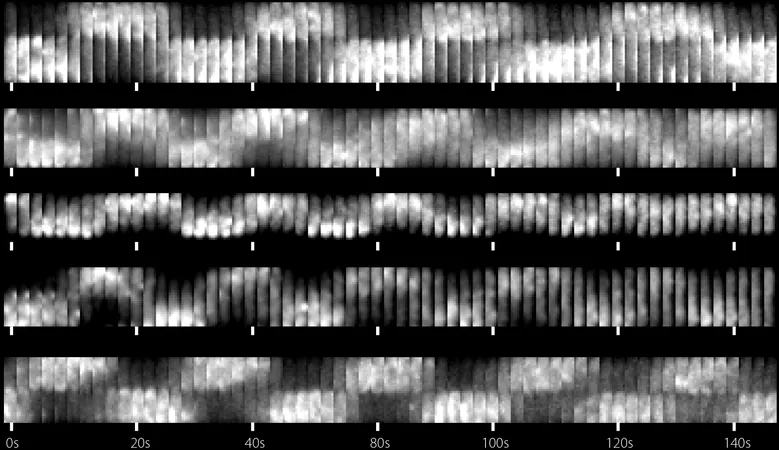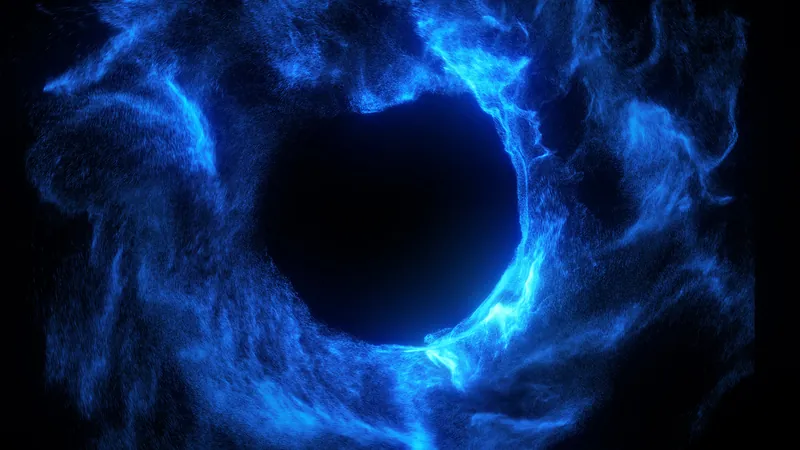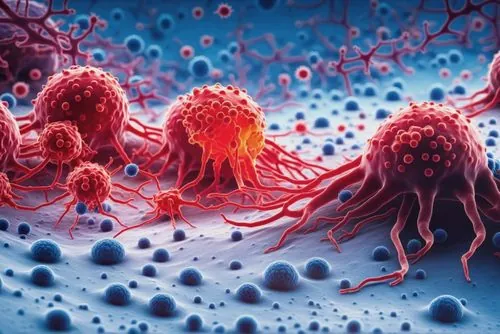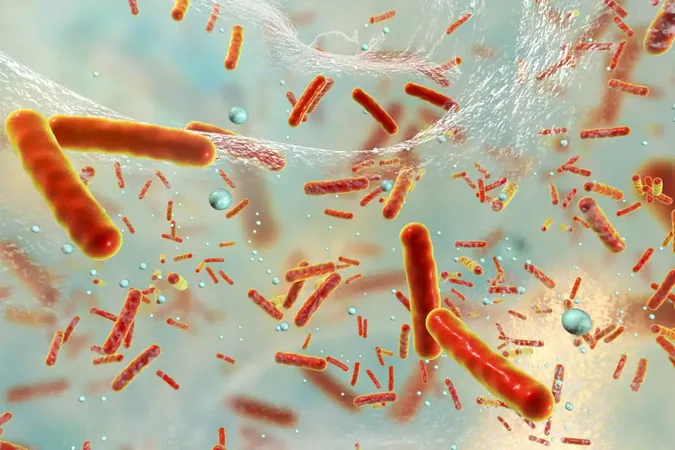
Unlocking the Secrets of Bacterial Division: How Min Proteins Lead the Way
2025-05-05
Author: Liam
A Breakthrough in Cell Division Understanding
In the microscopic world of bacteria, efficient cell division is crucial. Researchers at UC San Diego have made a groundbreaking discovery about the Min protein system, revealing how it operates with precision to prevent irregular cell division.
The Oscillating Dance of Min Proteins
This remarkable system orchestrates oscillating patterns between the poles of a bacterial cell, acting as a safeguard against division mishaps. For years, scientists have struggled to predict the concentrations of these proteins required to initiate oscillations and to determine if cells could sustain them under varying conditions.
The UC San Diego Experiment
In a pioneering study, the UC San Diego team engineered Escherichia coli strains capable of independently regulating Min protein levels. Their findings were astonishing: the bacteria maintained stable oscillations over a broad spectrum of protein concentrations, utilizing only the minimal amounts necessary to ensure consistent division processes.
Implications of the Research
Published in the prestigious journal Nature Physics, this research exemplifies the power of merging quantitative cell physiology with biophysical modeling. It not only addresses long-standing questions in cell biology but also sets the stage for new inquiries into the mechanics of cellular organization and function.
A Collaborative Effort
This groundbreaking research team included Suckjoon Jun, Michael Sandler, Ziyuan Ren, and others from Physics, alongside Judy Kim and Chanin B. Tangtartharaku from Chemistry/Biochemistry, showcasing a collaborative approach that is essential for unraveling complex cellular mechanisms.









 Brasil (PT)
Brasil (PT)
 Canada (EN)
Canada (EN)
 Chile (ES)
Chile (ES)
 Česko (CS)
Česko (CS)
 대한민국 (KO)
대한민국 (KO)
 España (ES)
España (ES)
 France (FR)
France (FR)
 Hong Kong (EN)
Hong Kong (EN)
 Italia (IT)
Italia (IT)
 日本 (JA)
日本 (JA)
 Magyarország (HU)
Magyarország (HU)
 Norge (NO)
Norge (NO)
 Polska (PL)
Polska (PL)
 Schweiz (DE)
Schweiz (DE)
 Singapore (EN)
Singapore (EN)
 Sverige (SV)
Sverige (SV)
 Suomi (FI)
Suomi (FI)
 Türkiye (TR)
Türkiye (TR)
 الإمارات العربية المتحدة (AR)
الإمارات العربية المتحدة (AR)